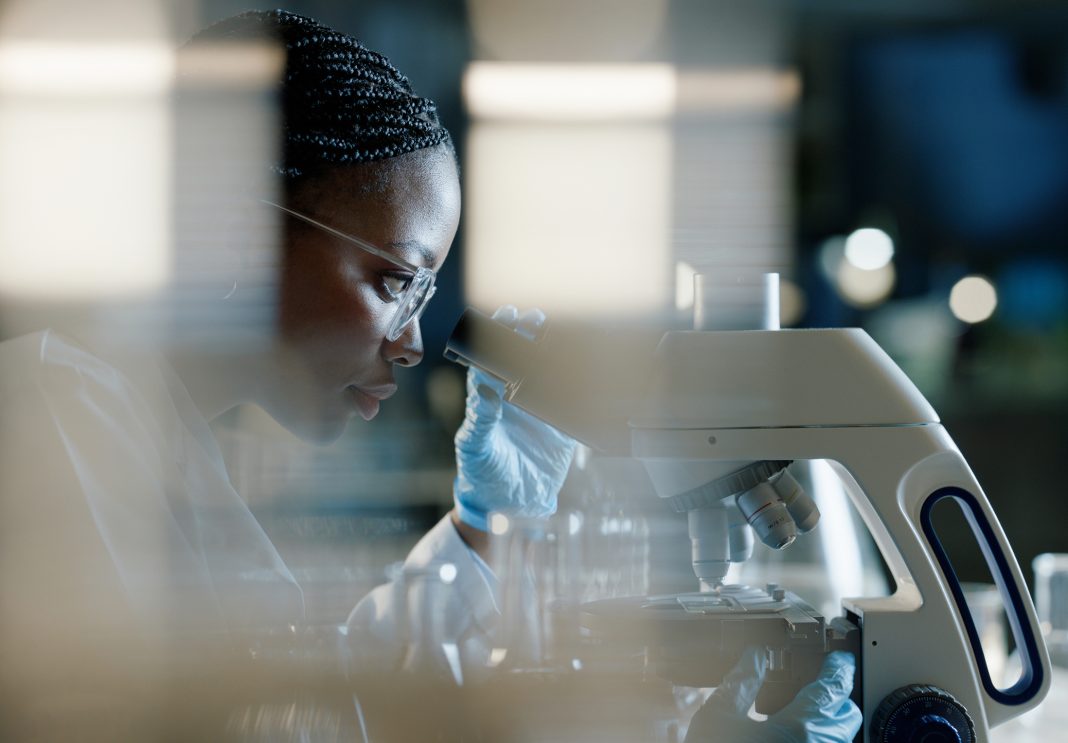Prof. Dr. Cecilia Van Cauwenberghe, PhD, MSc, BS, MBA, Research Director at Everest Group, sheds light on sustainable chemistry, including how breakthrough innovations drive global change
The modern world confronts numerous challenges, from environmental degradation to the urgent need for sustainable resource management. The broader chemistry enterprise is central to addressing these issues, playing a pivotal role in advancing innovative solutions that benefit the Earth and its inhabitants.
Chemistry and its practitioners are vital in developing technologies that support the UN 2030 Sustainable Development Goals (SDGs), ensuring that human progress does not come at the planet’s expense. (1)
This responsibility extends beyond large corporations to the dynamic research, development, and innovation (RD&I) ecosystem, which encompasses startups, research centers, and governmental organizations. These entities have become increasingly vital in driving the scientific breakthroughs necessary to address global challenges. (2) Operating within collaborative RD&I ecosystems, they encourage experimentation and translate academic research into practical applications.
This article delves into specific examples of groundbreaking technologies emerging from these ecosystems, highlighting their technical validity, relevance, and potential to shape a sustainable future.
The broader chemistry enterprise: Advancing solutions for global challenges
The chemistry enterprise encompasses diverse disciplines essential to tackling the UN 2030 Sustainable Development Goals (SDGs). From reducing greenhouse gas emissions to developing sustainable materials and advancing clean energy, chemistry plays a vital part in promoting environmental sustainability, economic growth, plus social equity.
Researchers from UnitelmaSapienza – University of Rome and Ulm University are investigating the transition to green and sustainable chemistry. Their focus is on creating environmentally friendly chemical products and processes throughout the chemical lifecycle. (3)
They argue that a sustainable chemical industry requires integrating common sustainability visions, such as smaller, flexible chemical plants using renewable feedstock and fostering strong stakeholder cooperation.
They also emphasize the importance of tailored policies, such as tax exemptions and public procurement for green technologies, while redirecting support away from traditional practices through adjusted R&D funding and carbon trading mechanisms.
In a related effort, researchers from the Leibniz-Institut für Katalyse, the University of Messina, and the KTH Royal Institute of Technology are exploring future directions in sustainable chemistry to address global challenges in energy and the environment. (4)
The work highlights key areas like biorefinery, solar energy conversion, energy-storage materials, and carbon dioxide utilization as pivotal to meeting sustainability goals. Their work underscores the need for continued investment in RD&I ecosystems and innovative approaches to ensure a more sustainable society.
Breakthrough innovations leading the way forward: Biodegradable plastics and enzyme-based recycling
Plastic waste is a critical environmental issue, with traditional petrochemical-derived plastics persisting in ecosystems for centuries. To combat this, innovators have developed biodegradable plastics and advanced recycling technologies. Biopolymers like polyhydroxyalkanoate (PHA) naturally break down in marine and soil environments, offering a sustainable alternative. (5)
Enzyme-driven recycling methods for PET plastics preserve material quality and prevent the degradation typical in traditional recycling. (6)
Researchers from the Department of Industrial Chemistry and Engineering of Materials and ELCASS are further enhancing these processes through catalysis, advocating for more sustainable, modular chemical practices using renewable resources. (7)
Microbial nitrogen fixation in agriculture
Synthetic nitrogen fertilizers have boosted agricultural productivity and caused environmental harm, including greenhouse gas emissions and soil degradation. (8) Researchers continue exploring naturally occurring microbes that fix nitrogen directly on crop roots, reducing reliance on synthetic fertilizers and promoting healthier crops with minimal environmental impact.
Innovations in natural fiber processing for textiles
The fashion industry’s environmental impact, especially from water use, chemical pollution, and waste, has led to the development of sustainable alternatives. Startups are creating high-performance materials from natural fibers like cotton, hemp, and cork, offering biodegradable, plant-based leather alternatives. (9)
These innovative processes eliminate the need for toxic chemicals and excessive water, representing a significant advance in sustainable textile production.
Sustainable chemistry innovation
The influence of chemistry goes beyond mere innovation; it shapes how we conduct research, educate future generations, and collaborate globally. The goals of this enterprise include accelerating sustainability-focused chemistry research and equipping the future workforce with the knowledge of sustainability principles to revolutionize the field. Achieving this requires a unified effort to embed sustainability into every aspect of chemical education and practice, ensuring that upcoming chemists are prepared to address the world’s most urgent challenges.
As we move forward, the stakes are clear: our investment in RD&I ecosystems and the bold startups and research hubs leading the charge is not optional – it is imperative. By doubling down on these efforts, we can ensure that the chemical industry stays ahead and becomes a dominant force in driving the global transition toward a sustainable and thriving future.
References
- Mitchell, Sharon, Antonio J. Martín, Gonzalo Guillén-Gosálbez, and Javier Pérez-Ramírez. “The Future of Chemical Sciences is Sustainable.” Angewandte Chemie International Edition (2024): e202318676.
- Adomako, Samuel, and Mai Dong Tran. “Exploring the effect of R&D support, green technology transfer, sustainable innovation.” Sustainable Development (2024).
- Falcone, P.M. and Hiete, M., 2019. Exploring green and sustainable chemistry in the context of sustainability transition: The role of visions and policy. Current Opinion in Green and Sustainable Chemistry, 19, pp.66-75.
- Beller, Matthias, Gabriele Centi, and Licheng Sun. “Chemistry future: priorities and opportunities from the sustainability perspective.” ChemSusChem 10, no. 1 (2017): 6-13.
- Danimer Scientific. (2024). PHA: Beginning of Life. Nodax® is 100% renewable and is produced from readily available feedstocks. Danimer Scientific Uses Proprietary Processing to Produce Environmentally Responsible PHA. Retrieved from https://danimerscientific.com/pha-beginning-of-life/
- Carbios. (2024). Enzymatic recycling: removing the constraints of current processes. Opening new ecological and competitive avenues for the virtuous management of the life cycle of plastic and textile materials. Retrieved from https://www.carbios.com/en/enzymatic-recycling/
- Centi, Gabriele, and Siglinda Perathoner. “Catalysis, a driver for sustainability and societal challenges.” Catalysis Today 138, no. 1-2 (2008): 69-76.
- Pivot Bio. (2021). The Science Behind Pivot Bio PROVEN®. Retrieved from https://www.pivotbio.com/blog/the-science-behind-pivot-bio-proven
- Natural Fiber Welding (NFW). (2023). MIRUM®: The world’s first plastic-free alternative to leather. Retrieved from https://nfw.earth/mirum


